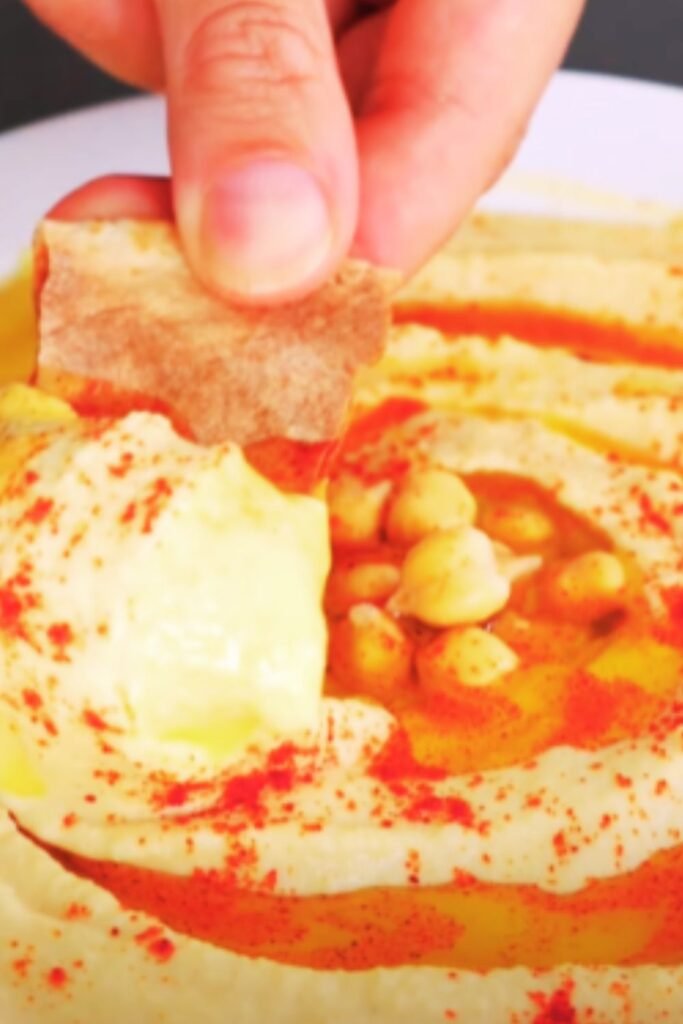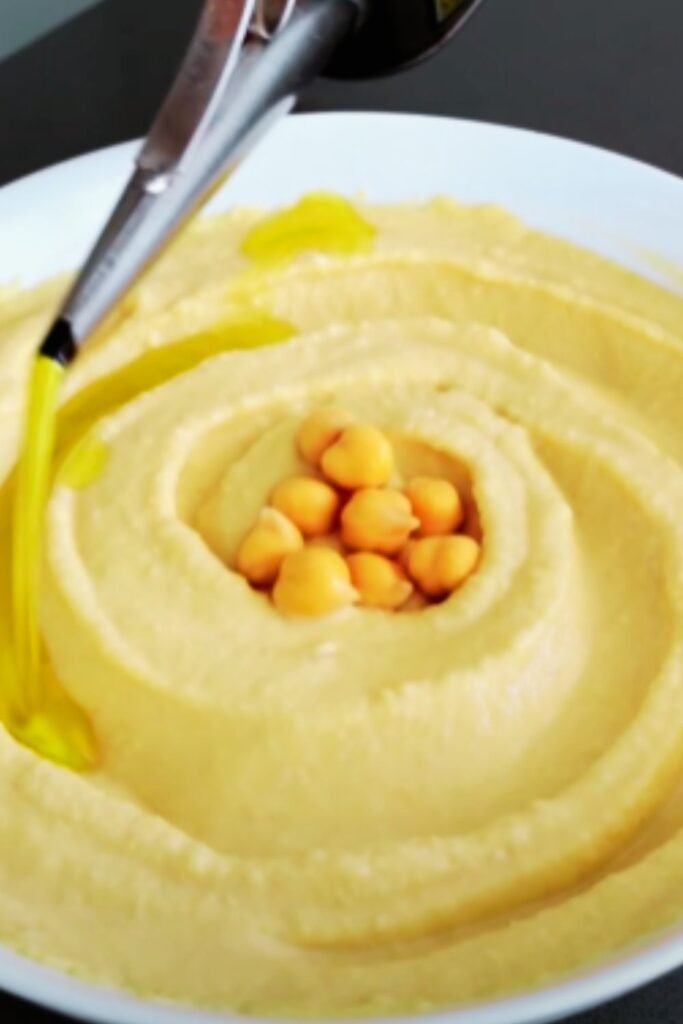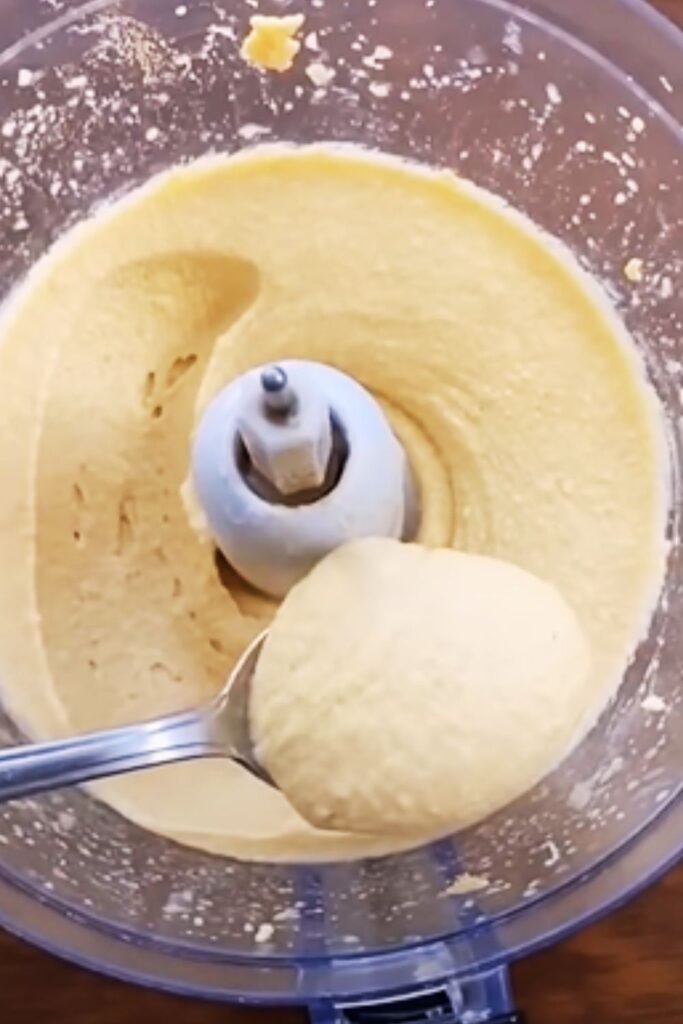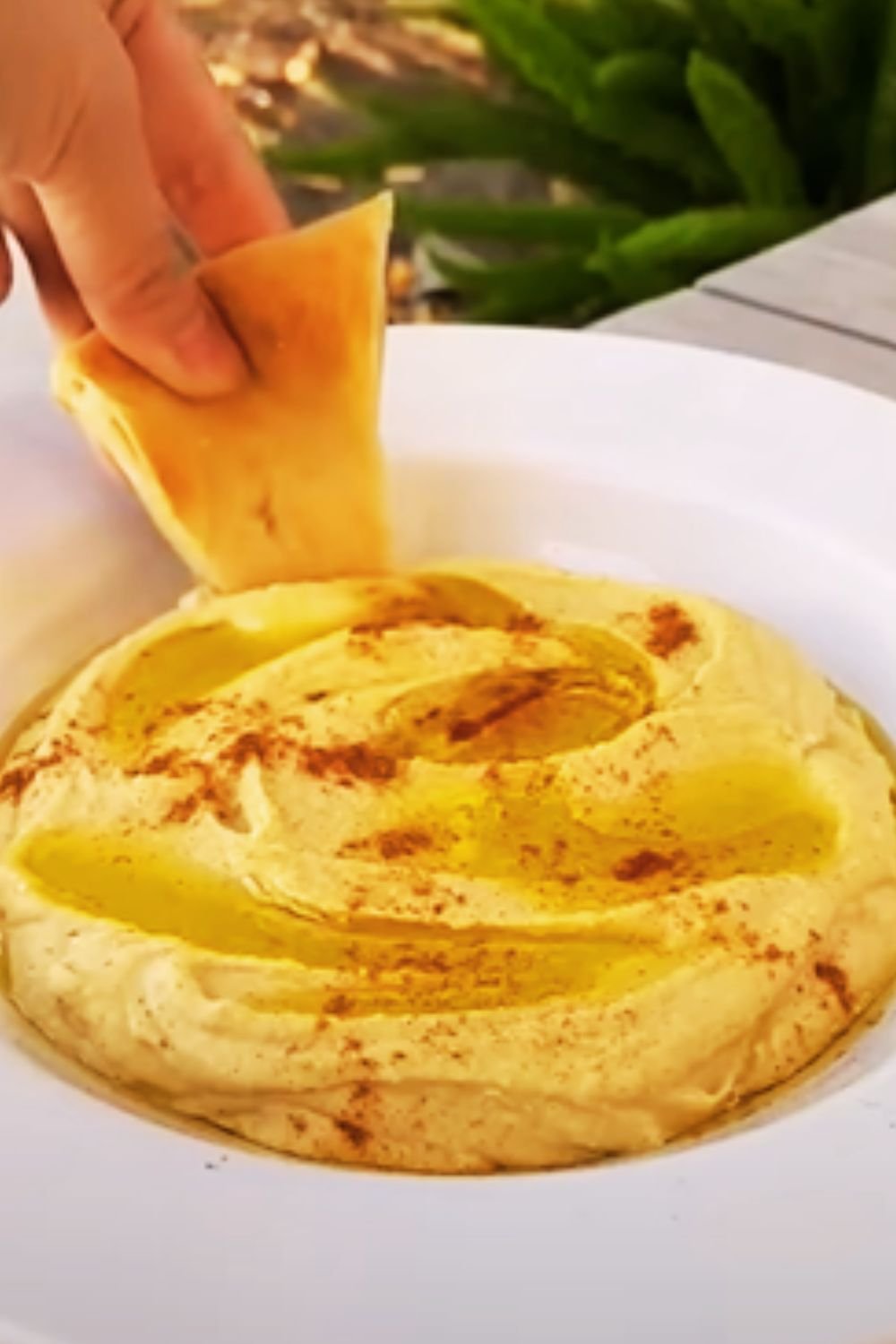Have you ever wondered why restaurant hummus tastes so incredibly smooth and creamy compared to store-bought versions? After years of testing and perfecting my hummus-making technique, I’m excited to share my foolproof recipe that rivals any restaurant’s version. This isn’t just another hummus recipe – it’s the result of countless experiments, family taste tests, and techniques learned from Middle Eastern chefs who’ve mastered this ancient dish.
What Makes This Hummus Special?
The secret to exceptional hummus lies in both the technique and quality of ingredients. My method incorporates traditional Middle Eastern practices with modern kitchen shortcuts, resulting in the smoothest, most flavorful hummus you’ll ever make. The key? Perfectly cooked chickpeas and a unique blending technique that creates that coveted silky texture.
Essential Ingredients

For the perfect batch (serves 6-8):
| Ingredient | Amount | Notes |
|---|---|---|
| Dried chickpeas | 1 cup (250g) | Soaked overnight (yields ~3 cups cooked) |
| Tahini | 2/3 cup (160g) | High-quality, well-stirred |
| Fresh lemon juice | 1/4 cup (60ml) | About 2 large lemons |
| Garlic cloves | 2-3 medium | Peeled and crushed |
| Ice-cold water | 1/2 cup (120ml) | Plus more as needed |
| Extra virgin olive oil | 1/4 cup (60ml) | Plus more for serving |
| Ground cumin | 1 teaspoon | Freshly ground preferred |
| Sea salt | 1.5 teaspoons | Adjust to taste |
| Baking soda | 1/2 teaspoon | For cooking chickpeas |
Optional Garnishes
| Garnish | Suggested Amount |
|---|---|
| Ground paprika | 1/2 teaspoon |
| Fresh parsley | 2 tablespoons, chopped |
| Pine nuts | 2 tablespoons, toasted |
| Sumac | 1/2 teaspoon |
| Extra virgin olive oil | A generous drizzle |
The Perfect Technique
Step 1: Preparing the Chickpeas
The foundation of exceptional hummus starts with properly prepared chickpeas. Here’s my foolproof method:
- Soak dried chickpeas overnight (at least 12 hours) in cold water with 1/2 teaspoon baking soda
- Drain and rinse thoroughly
- Place in a large pot with fresh water and another 1/2 teaspoon baking soda
- Bring to a boil, then reduce to simmer
- Cook for 45-60 minutes until extremely tender
- Test by squeezing a chickpea – it should practically turn to paste
Pro Tip: Don’t skip the baking soda! It helps break down the chickpea skins, resulting in a smoother final texture.
Step 2: The Perfect Blend

The blending process is crucial for achieving that silky-smooth texture:
- Start with the tahini and lemon juice in your food processor
- Process for 1 minute until the mixture becomes light and fluffy
- Add garlic, cumin, and salt
- Process for another 30 seconds
- Add warm chickpeas gradually while machine is running
- Stream in ice-cold water slowly until desired consistency is reached
- Continue processing for 3-5 minutes until extremely smooth
Secret Technique: The extended processing time allows the chickpeas to release their starches, creating that luxuriously creamy texture.
Storage and Serving

Properly stored hummus will keep for up to 5 days in an airtight container in the refrigerator. For the best texture, follow these tips:
| Storage Method | Duration | Notes |
|---|---|---|
| Refrigerator (airtight) | 4-5 days | Press plastic wrap directly on surface |
| Freezer | Up to 3 months | Thaw overnight in refrigerator |
| Room temperature | Up to 4 hours | For serving only |
Serving Suggestions
Perfect Pairings:
| Accompaniment | Preparation |
|---|---|
| Warm pita bread | Cut into triangles |
| Fresh vegetables | Carrots, cucumbers, bell peppers |
| Za’atar flatbread | Brush with olive oil before serving |
| Falafel | Served warm |
| Pickled vegetables | Traditional Middle Eastern style |
Troubleshooting Guide
Here are solutions to common hummus-making challenges:
| Issue | Cause | Solution |
|---|---|---|
| Too thick | Not enough liquid | Add ice-cold water, 1 tablespoon at a time |
| Too thin | Too much liquid | Add more processed chickpeas |
| Bitter taste | Too much tahini | Balance with additional lemon juice |
| Grainy texture | Undercooked chickpeas | Cook chickpeas until very tender |
| Lacks flavor | Under-seasoned | Add salt, cumin, or lemon juice gradually |
Frequently Asked Questions
Q: Can I use canned chickpeas instead of dried?
A: While you can use canned chickpeas in a pinch, dried chickpeas provide a superior texture and flavor. If using canned, simmer them for 20 minutes with baking soda to improve their texture.
Q: Why is my hummus not smooth enough?
A: The key to smooth hummus is properly cooked chickpeas and extended processing time. Make sure your chickpeas are very tender and process the mixture for at least 5 minutes.
Q: Can I make hummus without tahini?
A: While you can make a chickpea dip without tahini, it wouldn’t technically be hummus. Tahini is essential for authentic flavor and creamy texture.
Q: How long can I keep hummus at room temperature?
A: For food safety, don’t leave hummus at room temperature for more than 4 hours. Always store leftovers in the refrigerator.
Q: Why use ice-cold water?
A: Ice-cold water helps achieve a fluffier texture and prevents the hummus from heating up during the extended processing time.
Variations and Creative Twists
While traditional hummus is perfect on its own, here are some delicious variations:
| Variation | Additional Ingredients |
|---|---|
| Roasted Red Pepper | 2 roasted peppers + smoked paprika |
| Roasted Garlic | 1 head roasted garlic – regular garlic |
| Herb-Loaded | 1 cup mixed fresh herbs |
| Spicy | 2 chilies + harissa paste |
| Beetroot | 1 roasted beetroot + cumin |
Remember, the key to great hummus is patience and attention to detail. Don’t rush the cooking or blending process – these steps are crucial for achieving that perfect, restaurant-style consistency. With practice, you’ll be making hummus that will have your friends and family begging for the recipe.
Whether you’re serving it as part of a mezze platter, spreading it on sandwiches, or just enjoying it with fresh vegetables, this hummus recipe will become your go-to version. The smooth, creamy texture and perfect balance of flavors make it impossible to resist.


